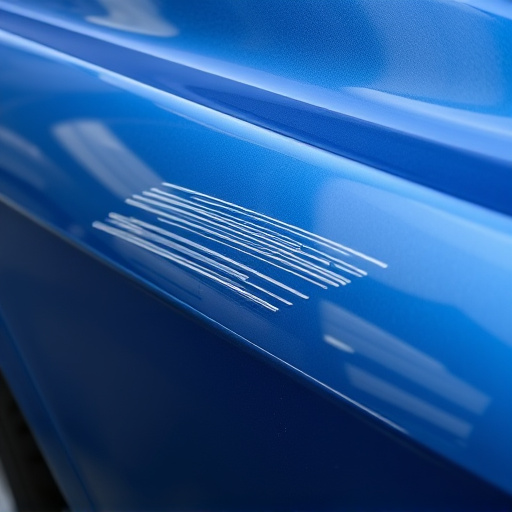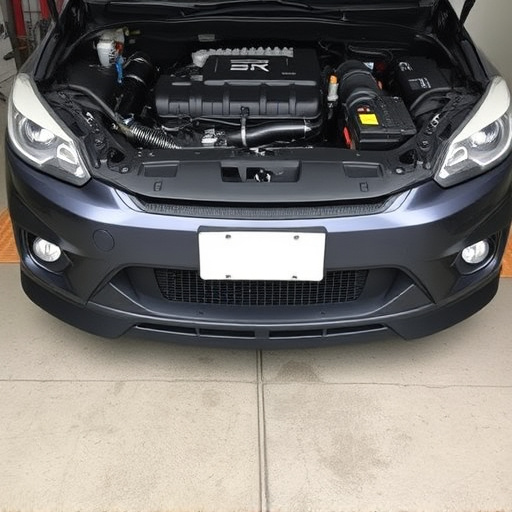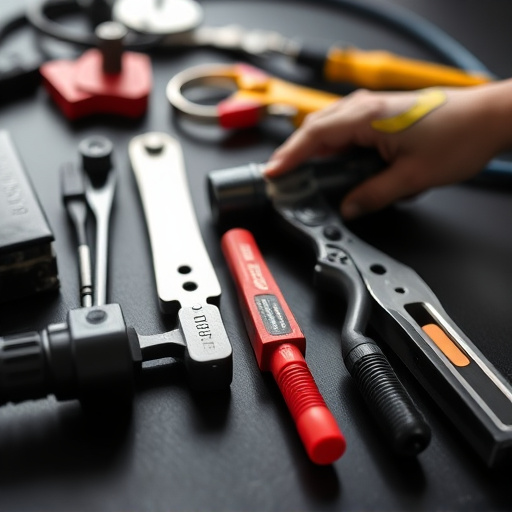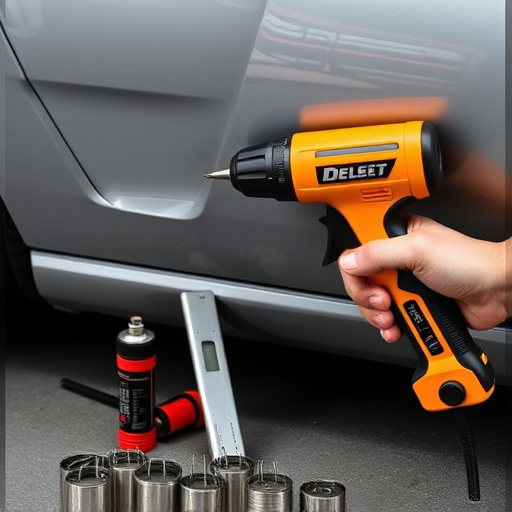Seam sealers are crucial in auto body repairs, enhancing cost transparency and structural integrity by sealing joints and preventing moisture intrusion. Their proper application by trained technicians fosters trust, reduces repair costs, and eliminates ambiguity in estimating costs for various services, including Mercedes Benz collision repair and fender repair. Best practices for using seam sealers ensure water prevention, an aesthetically pleasing finish, client satisfaction, and ethical industry practices.
Seam sealer, a seemingly simple yet powerful tool, is transforming the landscape of repair cost transparency. This article delves into the fundamental concept of seam sealing, exploring its profound impact on how repair costs are communicated and understood. By examining the benefits unveiled through seamless application, we’ll guide you through best practices to ensure effective implementation, ultimately fostering trust and clarity in the repair process.
- Understanding Seam Sealer: The Basic Concept
- Impact on Repair Cost Transparency: Benefits Unveiled
- Best Practices: Implementing Seam Sealer Effectively
Understanding Seam Sealer: The Basic Concept

Seam sealer is a crucial component in the world of auto body repairs and automotive repair services. It’s a specialized material designed to bond and seal joints, crevices, and gaps in vehicles, particularly after car dent removal or other repair procedures. This compound plays a pivotal role in ensuring the longevity and structural integrity of repaired vehicles by creating a robust barrier against moisture intrusion and environmental contaminants.
The basic concept behind seam sealer involves its application along seams and joints where different body panels meet. By filling and sealing these gaps, it prevents water, dirt, and other elements from infiltrating, which could lead to corrosion or further damage over time. This transparency in repair cost is enhanced as mechanics can precisely identify and address issues, using the right amount of seam sealer for effective and efficient auto body repairs without unnecessary spending.
Impact on Repair Cost Transparency: Benefits Unveiled

The use of seam sealers in automotive repairs, particularly in processes like mercedes benz collision repair and fender repair, significantly enhances cost transparency. This is because it provides clear indications of where specific repairs are needed, eliminating ambiguity in estimating costs. For instance, when a tire service involves fender repair, the sealer helps technicians identify the exact extent of the damage, ensuring accurate billing without hidden fees.
By clearly delineating repair boundaries, seam sealers reduce instances of excessive charges and disputes between customers and repair shops. This benefits both parties, fostering trust and boosting customer satisfaction. Ultimately, it empowers individuals to make informed decisions about their vehicle maintenance, promoting ethical practices in the industry.
Best Practices: Implementing Seam Sealer Effectively

Implementing best practices for using a seam sealer is essential to achieving cost-effective and transparent repairs, particularly in the auto glass repair and car damage repair sectors. Applying seam sealer correctly enhances the structural integrity of repaired components, such as car windshields and panels, ensuring long-lasting durability. This step significantly reduces the need for frequent replacements, thereby cutting down on overall repair costs.
Auto body shops should train their technicians thoroughly in the proper application techniques. Using the right tools and following manufacturer guidelines for timing and pressure is crucial. For instance, when conducting car paint services, a precise seal around joints and edges not only prevents water penetration but also guarantees an aesthetically pleasing finish. This attention to detail contributes to client satisfaction and fosters trust in the repair process, promoting transparency.
Seam sealer, a versatile tool in the repair industry, offers significant advantages in enhancing cost transparency. By effectively sealing and repairing items, it reduces the need for complete replacements, making repair costs more predictable and accessible. Implementing best practices ensures that professionals can efficiently utilize seam sealer, providing clients with clear and accurate pricing. This simple yet powerful solution contributes to a more transparent and sustainable repair ecosystem, where both businesses and consumers benefit from cost-wise decision-making.













